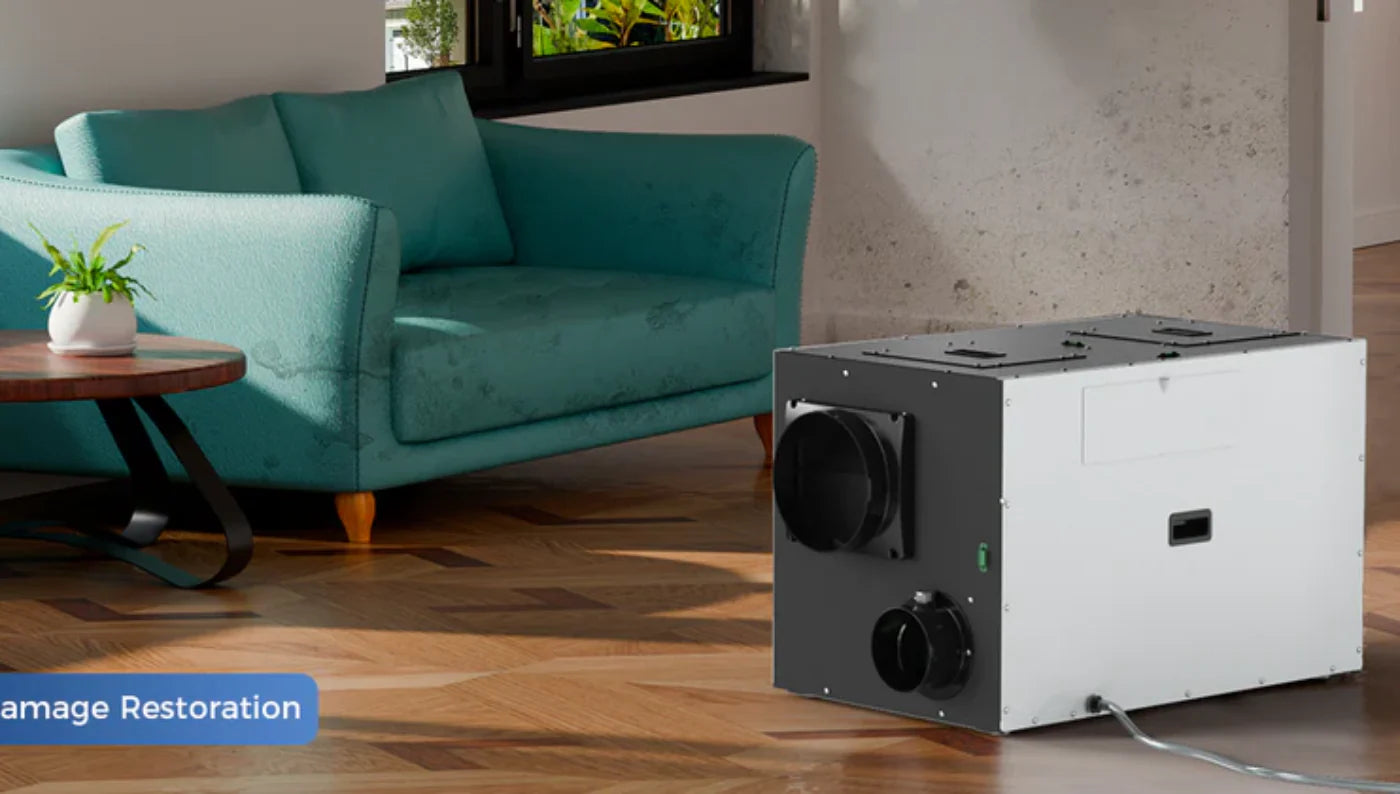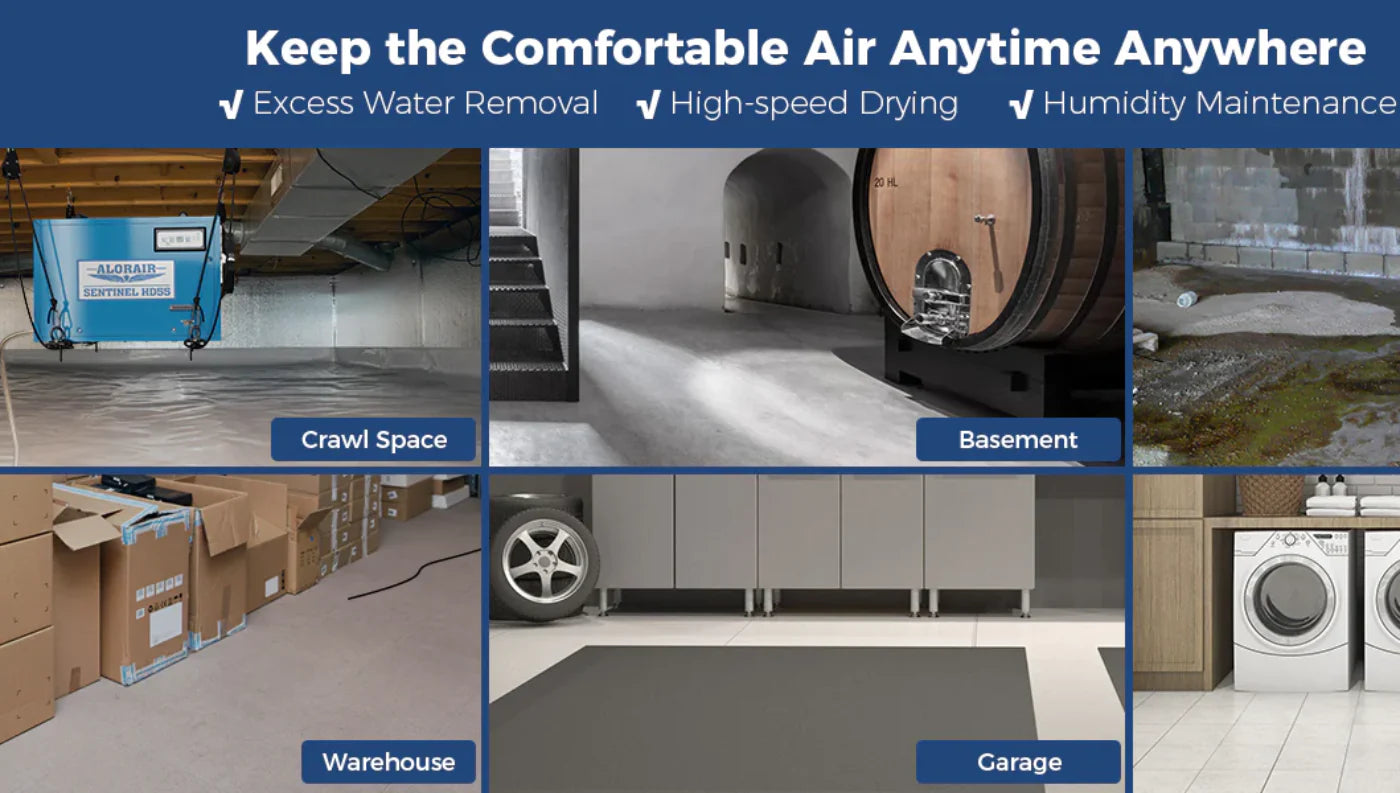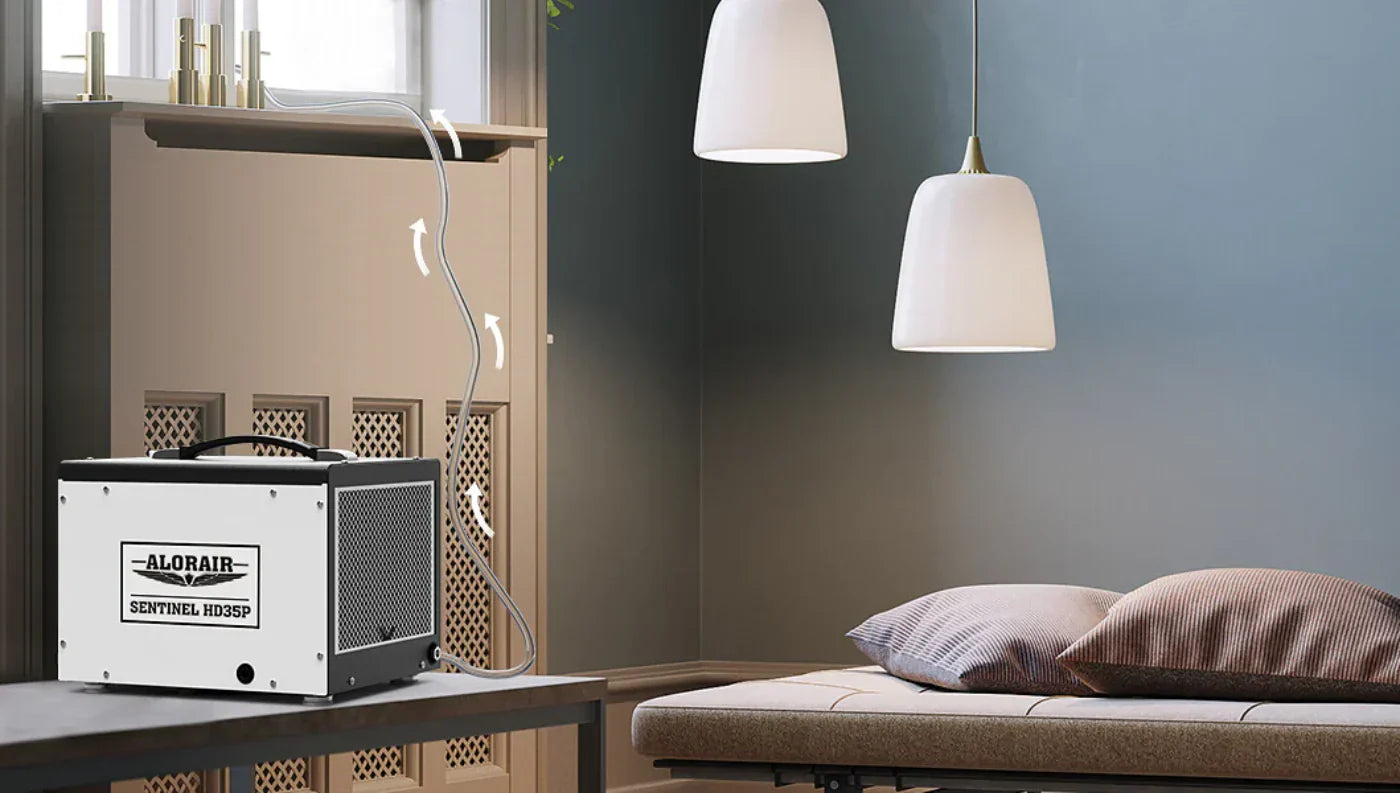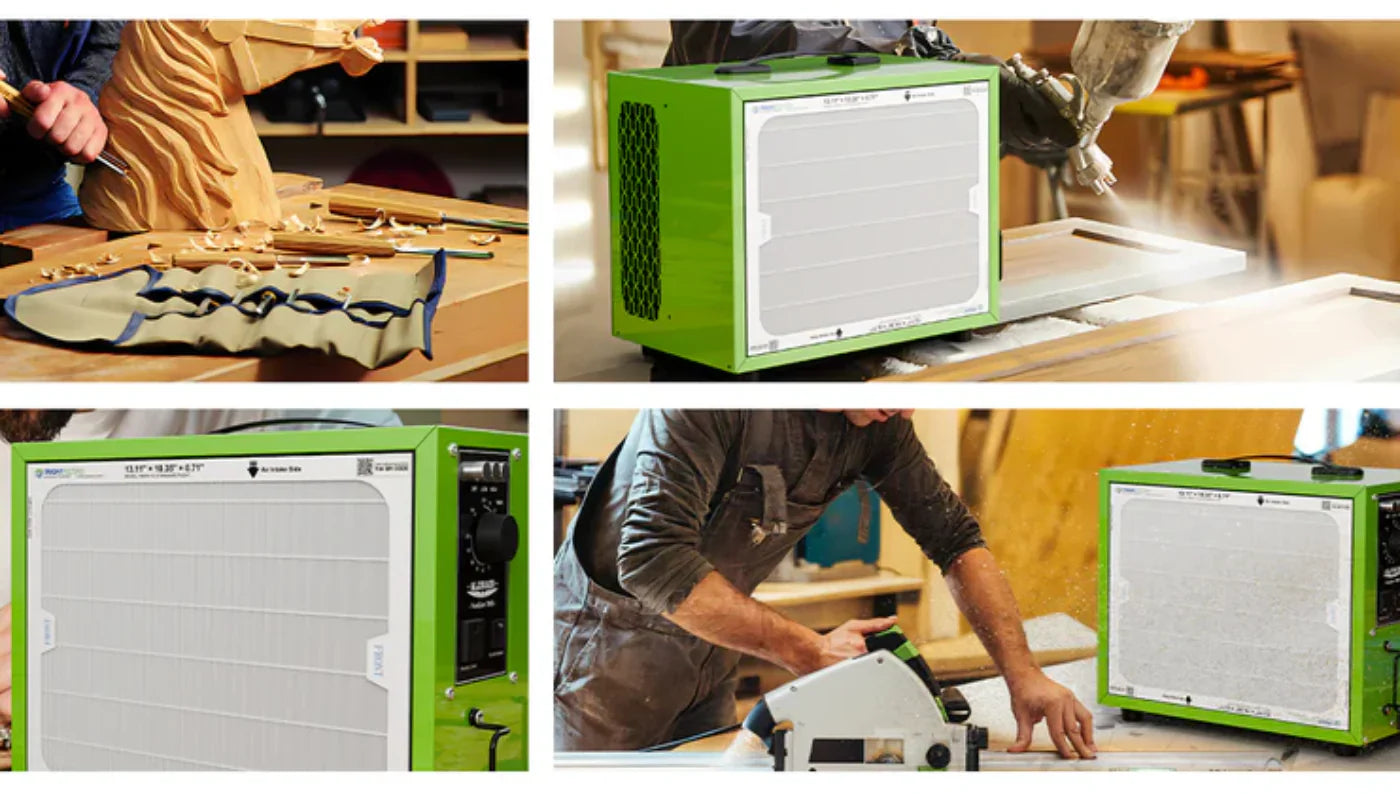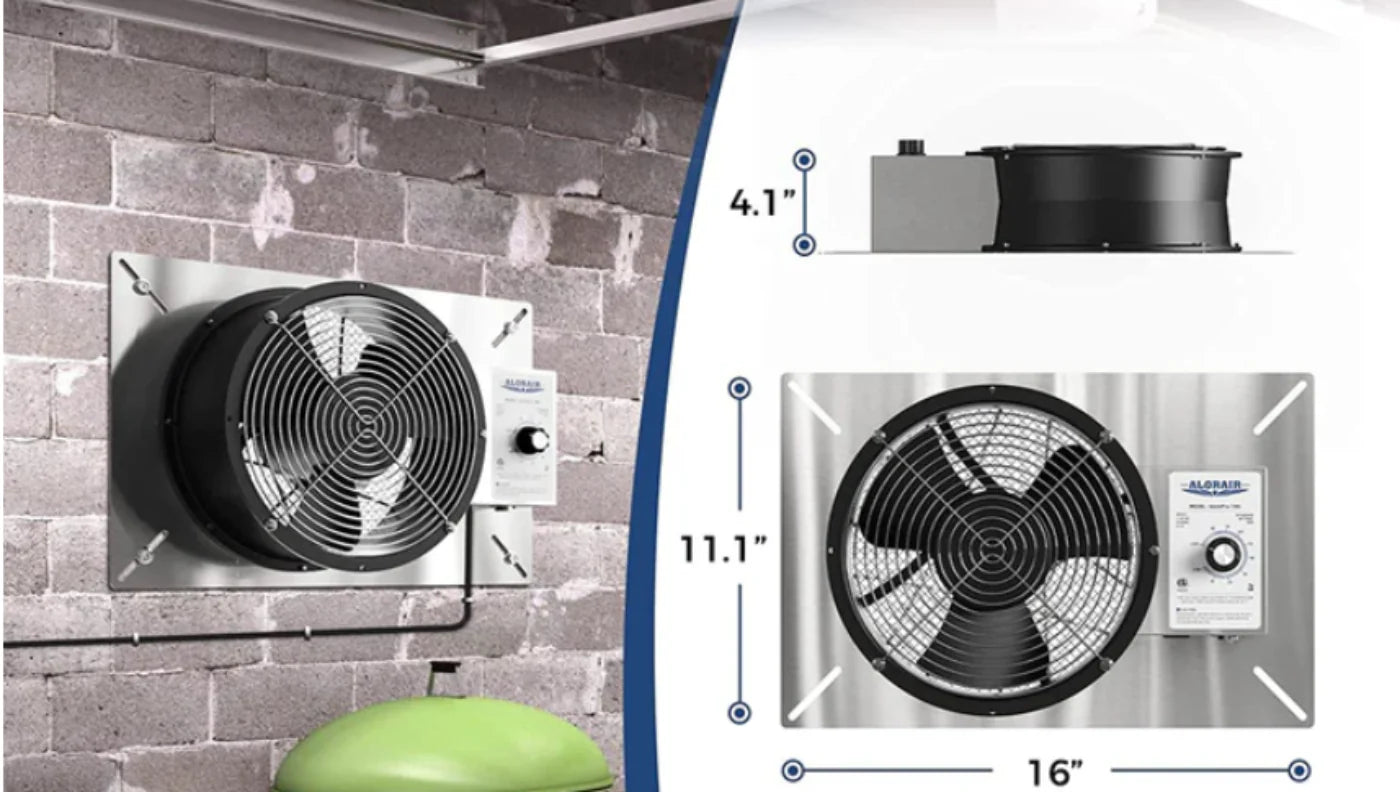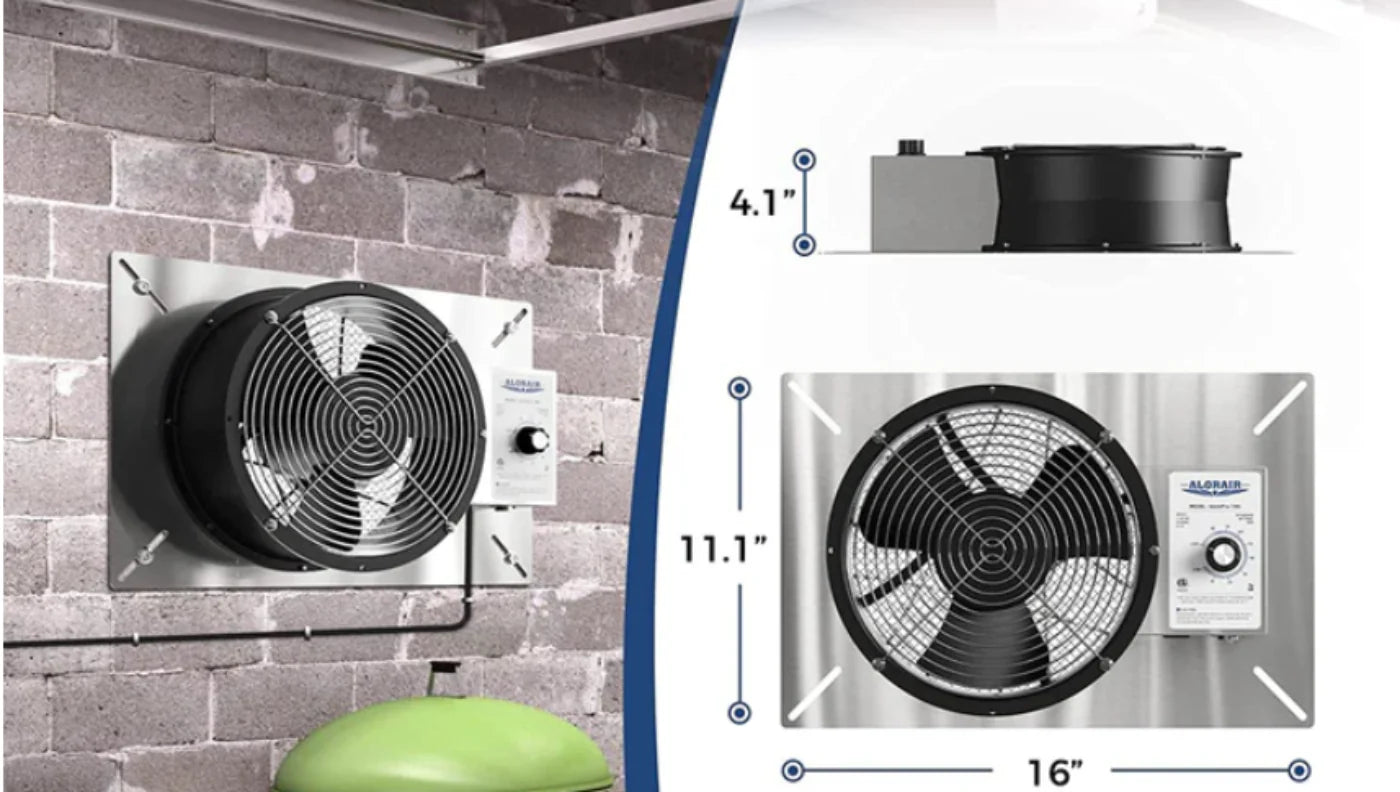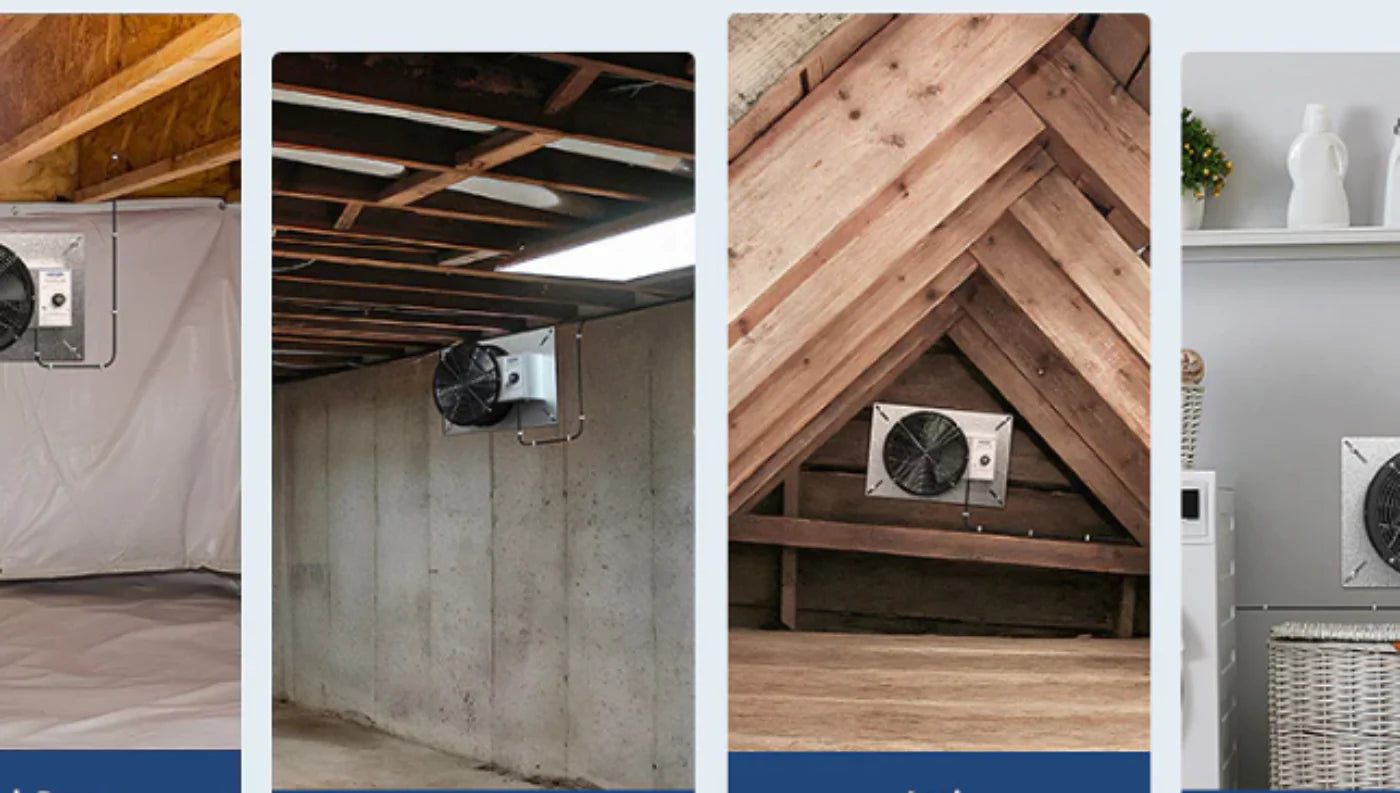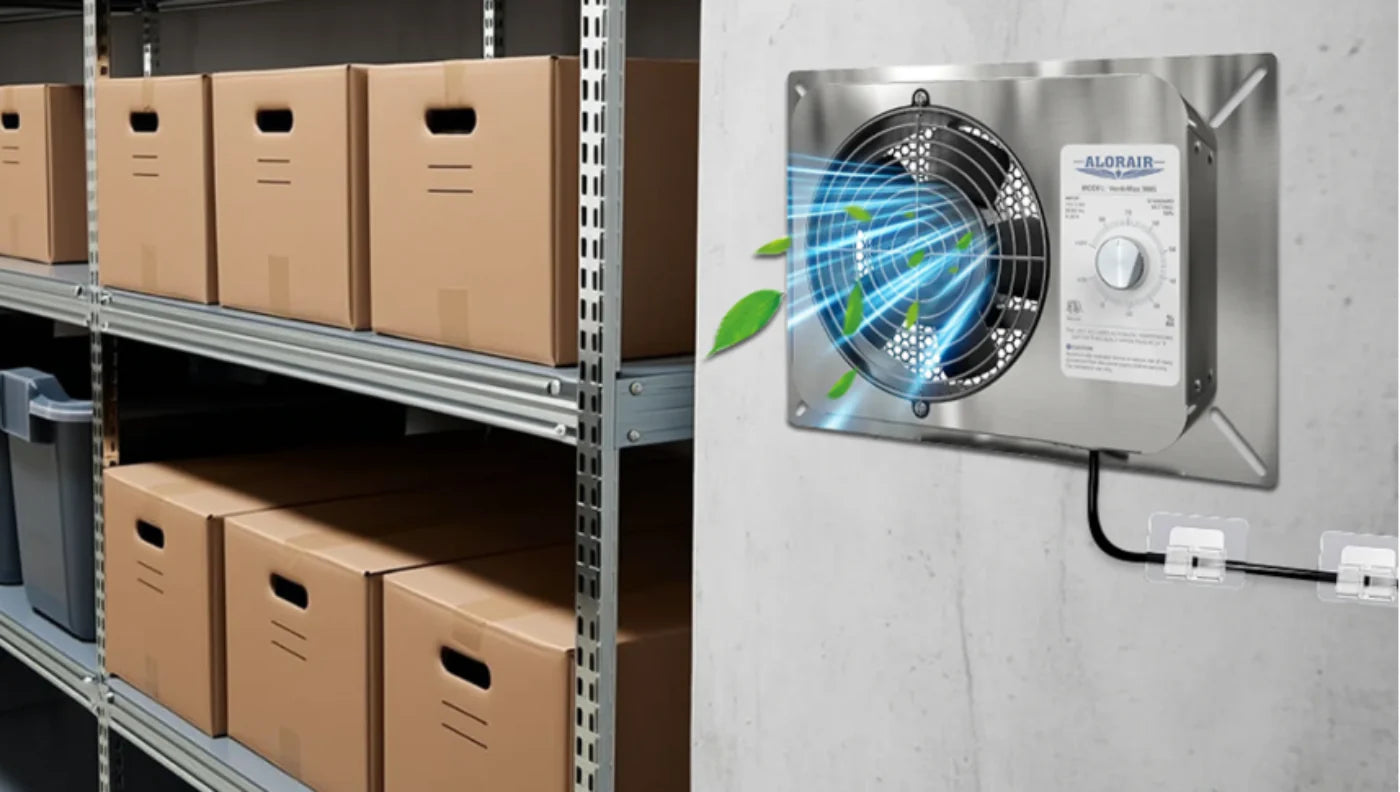When it comes to home maintenance, the crawl space is often overlooked. Yet, a poorly ventilated crawl space can lead to serious issues like mold growth, wood rot, and increased energy costs. Installing fans for crawl space vents is one of the most effective ways to address these problems. In this guide, we’ll explore everything you need to know about ventilating your crawl space, including fan installation, maintenance, and cost considerations.
The Importance of Crawl Space Ventilation
For years, vents have been a standard feature in home construction and are required by building codes. The International Residential Code (IRC) specifies 1 square foot of screened vent per 150 square feet of crawl space to promote airflow.
Moisture left unchecked can cause mold, rot, and attract harmful pests that damage wooden structures. Maintaining proper ventilation helps keep humidity below 50%, improving air quality and reducing energy costs. However, whether to keep vents open or closed depends on specific conditions, such as local climate, seasons, and the presence of moisture sources.
How to Properly Ventilate a Crawl Space

Effective crawl space ventilation isn’t just about installing fans. You need a system that balances airflow, controls moisture, and uses smart design to prevent mold, wood rot, and structural damage. Follow these steps for a complete solution:
1. Install a Drainage System
-
Place a sump pump in the lowest point of your crawl space to automatically remove standing water.
-
For larger spaces, add a drain with a slight slope to direct water to the pump.
-
Keep the drainage system away from ventilation openings to avoid airflow blockage.
2. Position Ventilation Openings
-
Cut two vents on opposite walls: one high on one side (for incoming air) and one low on the other side (for outgoing air).
-
Install at least one vent per 80–100 square feet of space.
-
Cover each vent with insect mesh and add adjustable louvres to control airflow.
Every vent you install will cost around $100 to $250. The final price depends on the vent's size, its material, and whether you hire someone to install it for you. If you're doing it yourself, you can save on labour costs.
3. Place Fans
-
Install fans in areas with the most moisture (e.g., near leaky walls or pipes).
-
Use stainless steel or plastic fans (rust-proof and weather-resistant).
-
Pair them with humidity sensors to automatically turn fans on/off based on moisture levels.
-
Avoid pointing fans directly at the insulation to prevent condensation.
4. Add a Plastic Vapour Barrier
-
Lay down a 6mm plastic vapour barrier on walls and floors. Stretch it tightly and seal edges to block ground moisture.
-
Complete this step before installing fans to ensure proper airflow.
If humidity consistently exceeds 60%, you will need to take extra steps, such as encapsulation or professional assistance.
When to Use a Crawl Space Fan

The best time to use a crawl space fan depends on the season and your home's needs.
High humidity levels in the summer can cause problems, even if the crawl space is dry in the winter. Running fans continuously during hot, humid months can help keep moisture levels in check.
Spring and fall are also critical times to monitor humidity levels. If you notice dampness or a musty smell, it's time to turn on the fans. In the winter, reduced humidity levels may allow you to run fans less frequently, but don't completely shut them off.
Do Crawl Space Vent Fans Work?
Of course, they will significantly improve the poor environment of your crawl space. Crawl space ventilation fans can be very effective if installed and used correctly. These fans can draw air in and out of the crawl space, thereby reducing humidity and preventing moisture buildup.
There are two primary types of ventilation fans: exhaust fans, which exhaust air, and intake fans, which draw air in. For best results, it is usually recommended to use a combination of the two. This creates a cross ventilation system that ensures fresh air is circulated throughout the space.
However, fans alone are not always enough. If your crawl space has standing water or severe moisture issues, you may need additional solutions such as a Crawl Space dehumidifier or encapsulation.
Crawl Space Ventilation in Summer
Summer poses unique challenges for crawl space ventilation. High temperatures and humidity can lead to rapid moisture buildup, even in well-ventilated spaces.
To combat this, consider running fans continuously during the hottest months. If your home has air conditioning, you can use exhaust fans to help remove warm, moist air. Additionally, sealing vents during extreme heat can prevent hot air from entering the crawl space, though this should be done carefully to avoid trapping moisture inside.
How Long Does It Take for a Fan to Dry Out a Crawl Space?
The time it takes for a fan to dry out a crawl space depends on several factors, including the severity of the moisture problem, the space's size, and the fan’s power.
For mild moisture issues, you may notice improvements within one to two weeks. However, more severe problems could take several weeks or months to resolve. Pairing fans with a Crawl Space dehumidifier can significantly speed up the process.
Should You Encapsulate or Ventilate a Crawl Space?

Sealing and ventilation have their benefits. You need to choose the right one for your specific environment.
Sealing means completely sealing the crawl space to prevent moisture from getting in. This is ideal for areas with severe moisture problems or frequent flooding.
Ventilation, on the other hand, focuses on keeping air moving to reduce humidity. This is a more economical option and works better in areas with moderate humidity.
Sometimes, a combination of the two approaches is most effective. For example, you can seal the crawl space, install a Crawl Space dehumidifier, and use vents and fans to keep the air moving.
Installing Crawl Space Vent Fans
Installing a crawl space vent fan is a manageable DIY project, but it requires careful planning. Start by turning off the power to the area and removing any existing vent covers. Measure the opening to ensure you purchase the fan of the correct size.
Mount the fan securely, ensuring it’s positioned to maximise airflow. If you’re unsure about electrical work, it's best to hire a professional. After installation, monitor humidity levels to ensure the fan is effective.
Maintenance Tips for Crawl Space Fans
To keep your crawl space fan functioning properly, perform regular maintenance. Clean the fan blades and housing each month to remove dust and debris. Check the vents for blockages, such as leaves or animal nests, and remove any obstacles you find. Also, inspect the fan’s motor and electrical connections for any signs of wear or damage. Addressing these issues early can save you time and money. Following these steps helps keep your crawl space healthy and well-ventilated.
Inspect the fan’s electrical components periodically to ensure they’re in good working condition. If you notice unusual noises or reduced airflow, replace the fan. A well-maintained fan can last 5-7 years, but regular checks can extend its lifespan.
Cost of Crawl Space Ventilation vs. Encapsulation
The cost of ventilating a crawl space ranges from $500 to $1,500, depending on the space size and the type of fan used. This includes installation and materials.
Encapsulation, on the other hand, is more expensive, costing $5,000 to $12,000 or more. This includes sealing the space, installing a vapour barrier, and possibly adding insulation. While encapsulation is a more significant investment, it can provide long-term benefits by preventing moisture problems altogether.
FAQ
Can I use a regular fan in my crawl space?
A: No, regular fans aren’t designed for the humid conditions of a crawl space. Look for fans specifically designed for crawl spaces, made with corrosion-resistant materials and weatherproof housings.
How do I know if my crawl space fan is working?
A: Monitor humidity levels in the crawl space using a hygrometer. If the humidity stays below 60%, the fan is likely effective. You can also check for reduced musty odours and signs of mould.
Should crawl space vents be open in winter?
A: It depends on your climate. In colder regions, closing vents can prevent cold air from entering and causing pipes to freeze. However, in milder climates, keeping vents open ensures proper airflow.
Final Thoughts
Proper crawl space ventilation helps keep your home healthy and energy-efficient. Exhaust fans, full encapsulation, or a mix of both will work. Just stay on top of regular maintenance.
Don’t wait for problems to show up. Take action now! A pro can assess your space and recommend solutions. For dehumidifiers or fans, Abestorm is a great choice. A small effort today saves costly repairs tomorrow.




